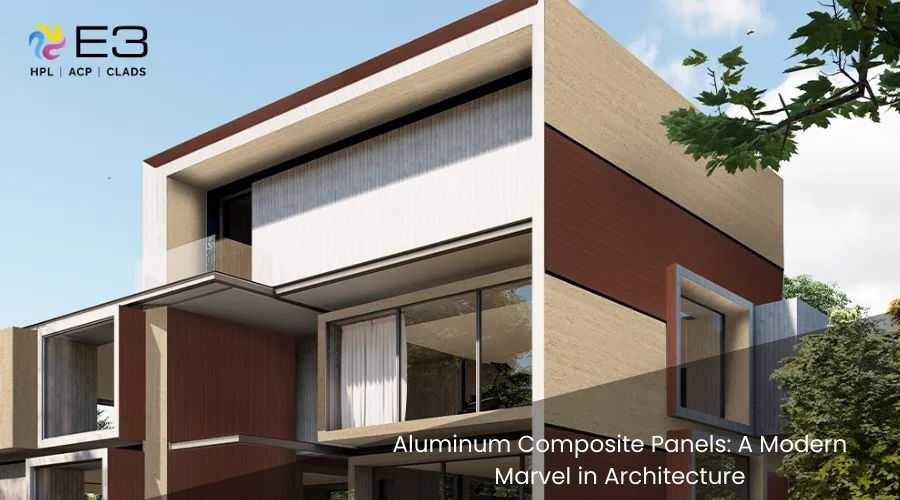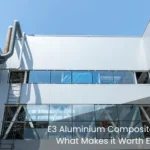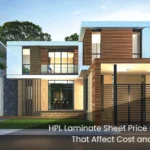In modern architecture and construction, choosing materials can make all the difference. Among the options available, aluminium composite panels (ACPs) have become versatile and visually striking. Given its low density, the resulting ACP panel is remarkably robust and dimensionally stable thanks to the strong link between the central core and the outermost layer of solid aluminium. Hence, ACPs offer a winning combination of durability, aesthetics, and sustainability. In this blog post, we’ll take an in-depth look at the world of ACPs, from their composition and applications to the many advantages they bring.
Advantages of Aluminum Composite Panels
As architects, builders, and designers seek materials that not only meet functional requirements but also elevate the aesthetics of their projects, ACPs have become a preferred choice for several compelling reasons:
- Weather Resistant:ACPs are built to withstand the elements of nature. Their aluminium outer layers are highly corrosion-resistant, making them ideal for structures in various climates. Whether it’s summer’s scorching heat or the monsoon’s relentless rain, ACP-clad buildings maintain their lustre.
- Insulation Properties:The core material in ACPs often contains insulating properties. This property aids in regulating temperature within buildings, contributing to energy efficiency. A well-insulated structure can reduce heating and cooling costs, making ACPs an environmentally conscious choice.
- Ease of Maintenance:ACPs are remarkably easy to maintain. Routine cleaning with mild detergents and water keeps them looking pristine. Unlike other exterior cladding materials, ACPs don’t require frequent painting or extensive upkeep.
- Aesthetic Versatility:ACPs are a canvas for creativity. They come in various colours, finishes, and textures, allowing architects and designers to achieve their artistic visions. Whether aiming for a sleek, modern facade or a rustic, textured look, ACPs can be customised to fit your design preferences.








